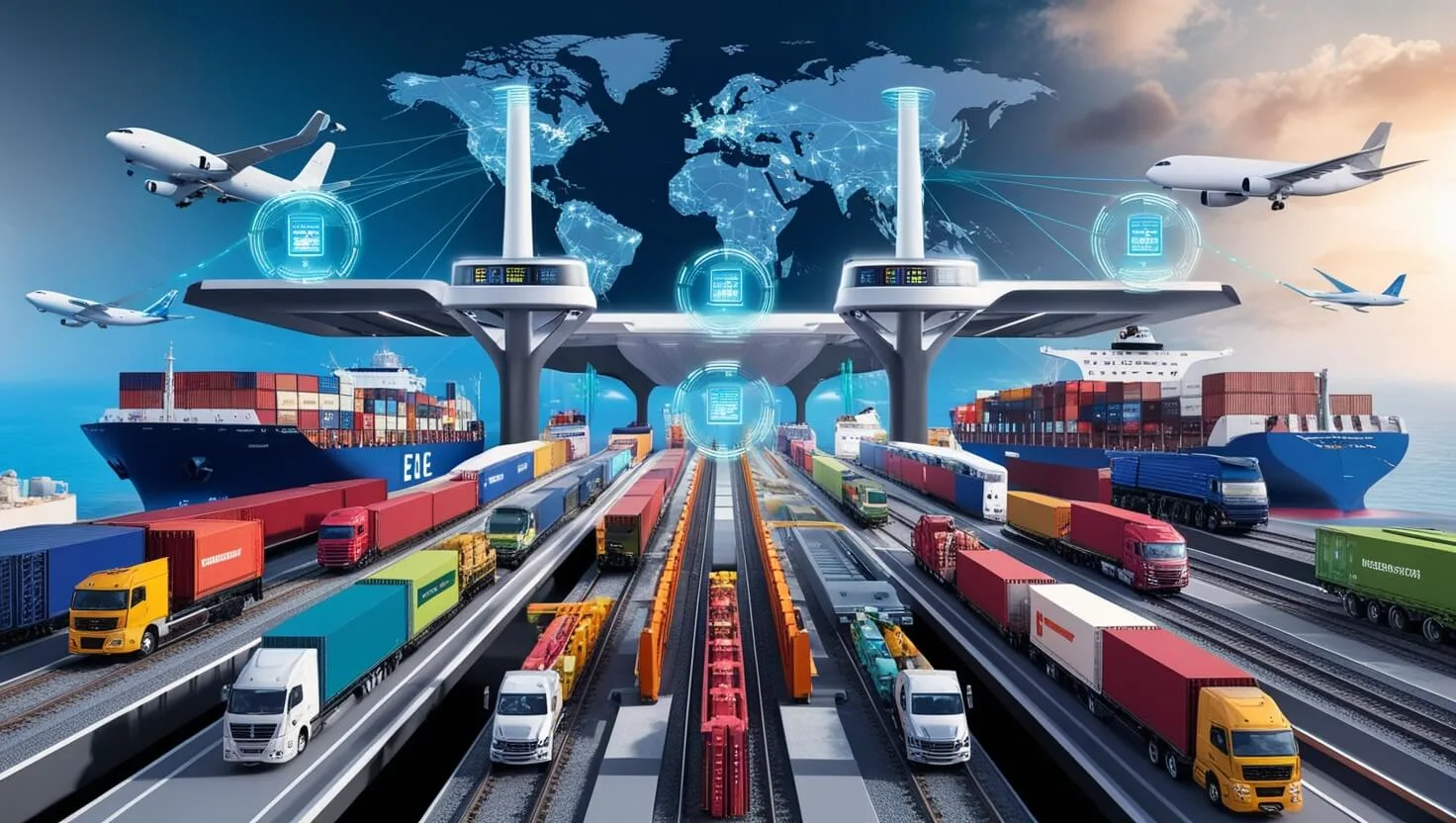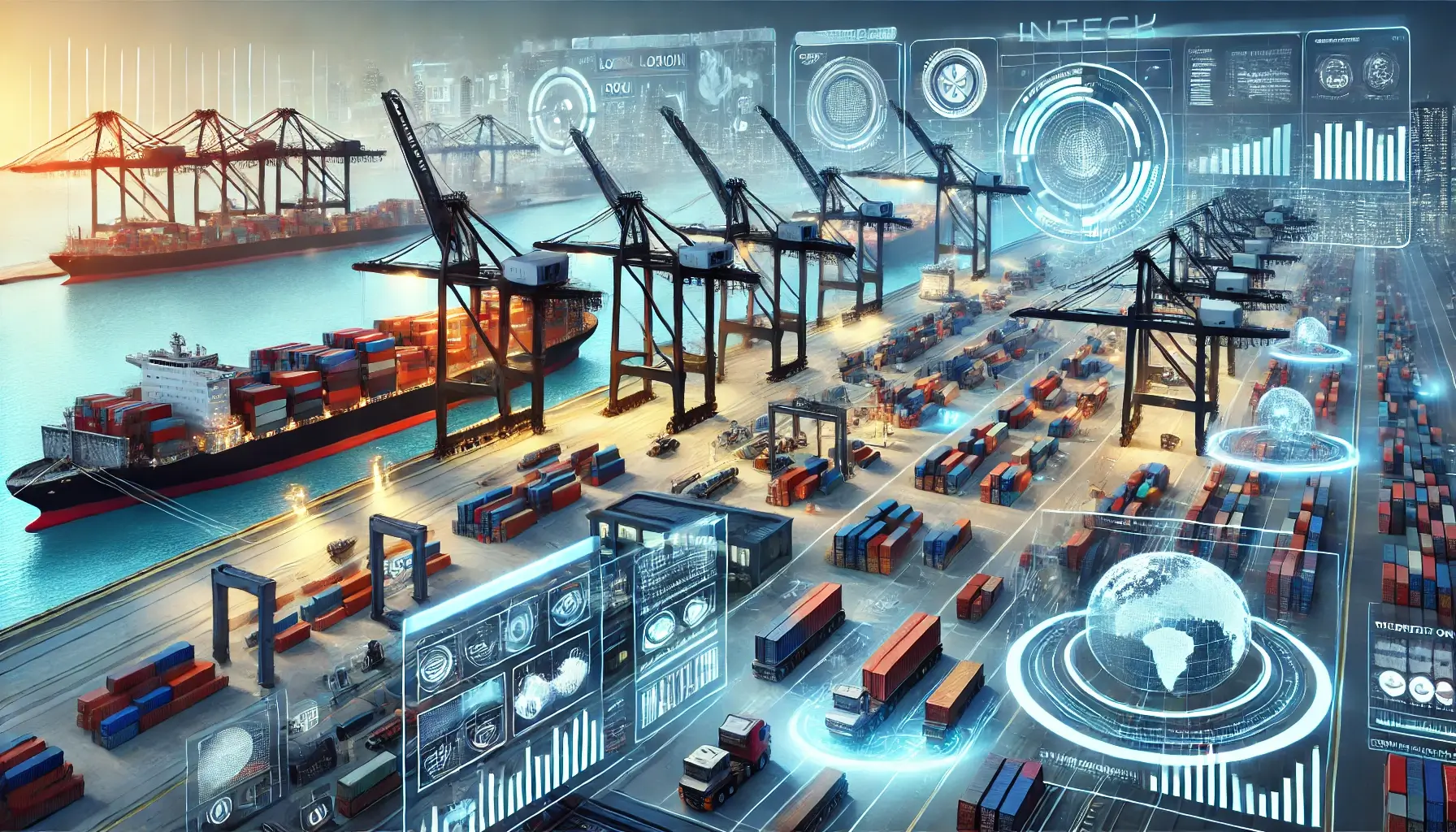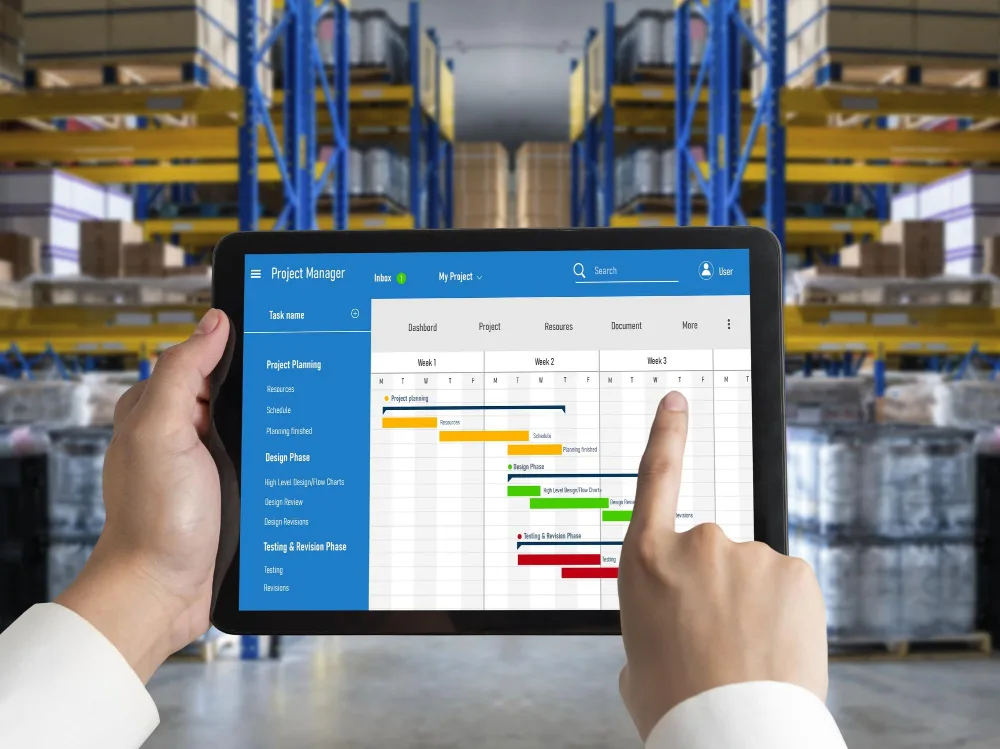Integrating Multimodal Transport Solutions: Benefits for Freight Forwarders
Multimodal transportation aims to optimize the efficiency and cost-effectiveness of each mode. Where trains are efficient for long-distance hauls, trucks are effective for local deliveries. By combining all transportation modes, we can build a sustainable transportation system.
Following this system, every stakeholder in the supply chain benefits from lower costs and faster deliveries. However, creating a multimodal transportation system requires an in-depth understanding of transportation modes and choosing the ones that fit best for the shipment. The decision might vary depending on the shipment’s size, product, destination, and any special considerations.
Let’s find out more about the transportation system with a focus on freight forwarders.
Multi-Modal Transportation System is Special for Freight Forwarders, Why?
Freight forwarders, given their nature of work, must be adept at handling the logistics of sending goods from one place to another. Since they have to take care of booking the right transportation mode, documentation, customs clearance, warehousing, and insurance, their understanding of a multi-modal system is essential.
Freight forwarders are tasked with finding the best transportation solution for their customers. They arrange everything from pickup to road-line haul to consolidation, warehousing, sea line, airline, customs clearance, and delivery.
This is not the only value they bring to the table. Freight forwarders are trained in negotiation and assembling the ideal route for the delivery. Ultimately, their goal is to help send goods from one place to another as quickly and efficiently as possible and at the lowest possible prices.
Their understanding of a multi-modal transportation system is essential for many reasons, but the key ones are:
- Digitization of the entire system.
- Changing customer expectations.
- Dynamic pricing depends on the situation.
Let’s say a freight forwarder has to choose an airport for transporting goods; here’s what they will account for:
- All airports in the vicinity with an acceptable radius.
- Supply routes and configuration of all available planes.
- Understanding how the route and costs will affect the supply.
These three account for the primary variables that help determine the transportation solution, but there are others as well.
Benefits of Multi-Modal Transportation for Freight Forwarders
Leveraging the multi-modal transportation system, freight forwarders can deliver more comprehensive and efficient services. Here’s how:
1. Grants Flexibility in Choosing the Right Mode
With a multi-modal transportation system, freight forwarders can choose their route and everything else according to the requirements. Using this approach, they can accommodate any size of shipment and handle diverse customer needs while optimizing resource utilization.
- Choose Transportation Mode: Knowing the type of goods, they can choose the transportation mode and its configuration to ensure all goods reach their destination without any damage. This is especially important for perishable goods, for which freight forwarders can use temperature-controlled containers.
- Choose Resources: Since freight forwarders have access to all transportation modes, they can optimize the usage of resources, and they can adapt to the dynamics of transporting the goods. As a result, they can allocate additional resources during high-demand seasons to specific routes.
- Route Planning: Given the extent of flexibility freight forwarders have, they can explore alternative options to prevent any disruptions and delays. Preemptive knowledge of high demand will also help them mitigate risks, ensuring a continuous flow of goods.
2. Achieve Cost and Time Efficiency with Proper Planning
Freight forwarders can choose the best mode of transport after considering their costs and time. At the same time, they have several opportunities to save costs either through route optimization or consolidation.
- Choose the Most Efficient Route: Route and transportation mode selection are done together, where freight forwarders can plan the most efficient route. This is a route with minimal delays, disruptions, and detours. Route optimization also helps reduce fuel consumption and labor costs along with transit times.
- Ensure Delivery of Shipment as Quickly as Possible: A multi-modal approach is often faster than a single transportation mode. By combining different modes with optimized routes, freight forwarders reduce the overall journey time. This means following this method, businesses can ensure just-in-time goods delivery, ensuring higher customer satisfaction and supply chain responsiveness.
3. Risk Mitigation is Easier, and Resilience is Higher
Since multi-modal transportation offers multiple delivery methods and routes, freight forwarders can diversify the known and unprecedented risks. In the event of a weather anomaly, strike, infrastructure failure, etc., they can choose alternative transport modes and routes.
- Prepare Contingency Plans Beforehand: Freight forwarders can create contingency plans to address any potential disruptions. As they have alternative routes and modes readily available, it’s easier to minimize the impact of unforeseen events.
- Safeguard Goods During Transit: Information on the goods, their vulnerabilities, and their transit methods will allow freight forwarders to plan for minimal damages. They can also create standardized loading, unloading, and transit rules according to the goods.
4. Environmental Benefits of Multi-Modal Transportation
The very essence of multi-modal transportation is that it allows for proper planning. While including all the other aspects like cost, time, damages, etc., they can also account for the impact on the environment and implement measures to minimize it.
- Reducing Energy Emissions and Achieving Efficiency: Since multi-modal transport relies on different modes, it can be more energy efficient. This happens when freight forwarders can plan out the entire route to reduce their carbon footprint per ton of kilometers.
- Lower Fuel Consumption for Lower Emissions: Freight forwarders optimize the route using the most efficient transportation modes, effectively reducing fuel consumption.
Taking responsibility for their duties and work requirements, freight forwarders can also shift to cleaner transportation modes if the situation allows. They can use hybrid trucks and trains with fewer emissions.
Freight forwarding, among other methods, is a way to achieve sustainability. Freight forwarders plan every step along the route and optimize them for lower costs, fuel consumption, and emissions.
Optimization in the delivery route benefits the entire supply chain. Reducing costs means the customers can buy the same product at a lower price when sent through the freight forwarding system. At the same time, the end-user will receive the product quickly, which means higher satisfaction rates.
Challenges Freight Forwarders Must Overcome for Successful Multi-Modal Transportation
Given the volume of variables involved in multi-modal transportation, things can easily go wrong. What’s even more concerning is that since everything is interconnected, freight forwarders must always be vigilant and ready with a contingency plan.
1. It’s Difficult to Coordinate Everything
Multiple stakeholders, carriers, customs clearances, dealing with country representatives, and whatnot make multi-modal transportation a logistical challenge. If that’s not all, there’s the documentation part for every in-transit transfer or when goods exchange hands. All of this makes the process cumbersome and prone to errors.
2. Limitations Posed by Differences in Infrastructure
Between every transportation mode, there can be a difference in terms of understanding and communication. This gap can create inefficiencies, which freight forwarders who may not always be present in the same location of transfer can handle. Then there are differences in infrastructure, for instance, lack of cargo handling machines at a port or insufficient rail infrastructure.
3. Changes in Customs and Trade Restrictions
While compliance is mandatory, it can be difficult to track and follow. Compliance changes with country, region, and the mode of transportation. Then, there are region-specific trade restrictions.
A freight forwarder has to account for all these aspects beforehand to avoid facing delays or holdups. It’s also possible that compliance and trade restrictions change according to the global situation, in which case, a freight forwarder’s work complicates further.
4. Freight Forwarders Don’t Have 24/7 Accessibility and Visibility
Data integration from all corners of transportation has led to an influx of data. Handling large amounts of data is particularly challenging for freight forwarders. Network problems in different parts of the world can hinder visibility into the cargo and track shipments in real-time. These visibility gaps can lead to delays and gaps fueling inefficiency and increased costs.
Conclusion
Freight forwarders are responsible for ensuring goods reach from Point A to B on time and without any damages. Given the plethora of resources available to a freight forwarder, their task is to leverage the right resources and optimize the transportation process.
With INTECH’s support, freight forwarders and transportation organizations can make things easier by one notch with customized digital solutions. We build budget-friendly solutions to help everyone involved in the process complete their work as quickly and efficiently as possible.
Get in touch with us to know how our expertise is useful for your transportation process.







